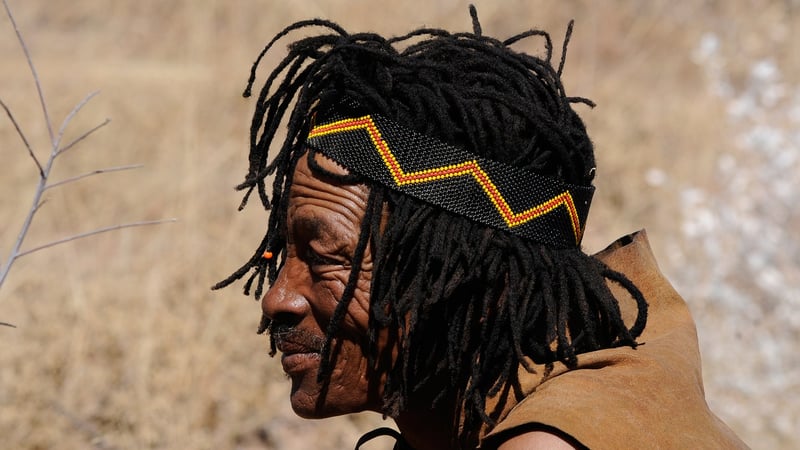Indigenous Flora
#botanical beauty
#unique plants
#rare flowers
Exploring the Enchanting World of Indigenous Flora

Indigenous flora, also known as native plants, are species that have naturally evolved in a specific region over thousands of years. These plants play a crucial role in maintaining ecosystems and are often uniquely adapted to local climate and soil conditions.
Why Choose Indigenous Flora?
When designing a garden or landscape, incorporating indigenous flora offers numerous benefits:
- Low Maintenance: Native plants are well-suited to the local environment, requiring less water and care.
- Biodiversity: Indigenous flora attracts native wildlife such as birds, bees, and butterflies.
- Sustainability: These plants promote a balanced ecosystem and reduce the need for chemical inputs.
- Cultural Significance: Indigenous flora often holds cultural and historical importance for local communities.
Examples of Indigenous Flora
From vibrant wildflowers to majestic trees, indigenous flora offers a diverse range of species:
- Kangaroo Paw (Anigozanthos): A striking Australian plant with unique tubular flowers.
- Bluebell (Hyacinthoides non-scripta): A delicate wildflower common in European woodlands.
- Quaking Aspen (Populus tremuloides): A North American tree known for its shimmering leaves.
Cultivating Indigenous Flora
When introducing native plants to your garden, consider the following tips:
- Research: Identify indigenous species that thrive in your specific region.
- Soil and Water: Understand the soil type and moisture requirements of each plant.
- Support Wildlife: Choose plants that provide food and habitat for local fauna.
- Conservation: Help protect indigenous flora by avoiding invasive species and supporting conservation efforts.
Embrace the beauty and benefits of indigenous flora in your surroundings, and create a sustainable, vibrant ecosystem that celebrates the natural heritage of your region.
